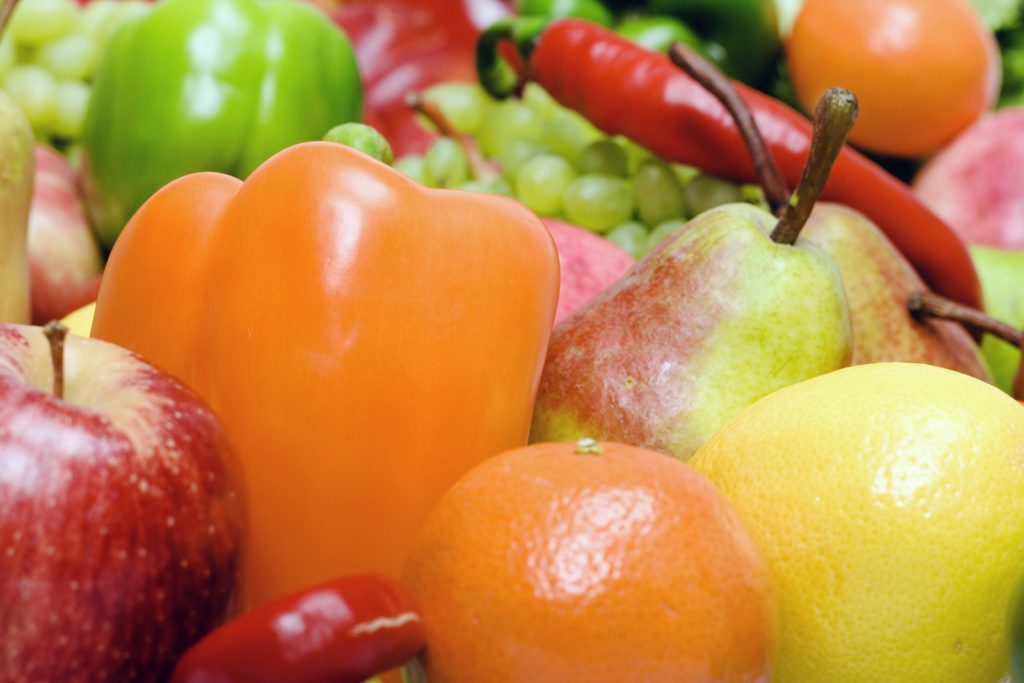
Not So Nutritious
As the holidays approach, many people resign to eating healthy in order to avoid weight gain inherent to indulging in holiday cheer which can be not so nutritious.
Getting back to “real” food can make healthy eating simple. Unfortunately, nutrient dense “real” foods, such as an apple, a broccoli spear or a few almonds are boring. This is why the convenience food industry tends to use multi-ingredient foods to entice your interest and appetite. These foods are commonly packaged with healthy claims to make them more appealing. Lets examine some of the healthy sounding labels and foods.
Energy bars and drinks are not so nutritious. While they claim to “fuel your workout,” many of them are the nutritional equivalent of a candy bar or soft drink and are packed with calories.
Most think these high-priced products are nutritionally superior. However, the commercial ingredients used to concoct them can include hydrogenated fats and powdered ingredients with long shelf lives: partially hydrogenated vegetable oils, soy isoflavones, powdered egg whites, whey protein powder, etc. The fats can contain harmful oxidation byproducts that cause cardiovascular disease and cancer. The dehydration process for most commercially available ingredients requires high heat, which denatures protein so that your body can’t use them.
If you are on the go and need the convenience of these calorie dense temptations, check the list of ingredients. Look for the bars that have the shortest ingredient list and the most natural, “real food” ingredients – there are a few brands that contain ground-up dried fruits, nuts and seeds.
And remember – reserve these for when you really are expending A LOT of energy, such as an all day hike or biking. Otherwise, the calorie content will add to your love handles.
Multigrain
Multigrain means that the bread, crackers or wraps are made from more than one type of grain and DOES NOT define the grains as being whole grains.
Refined grains, stripped of fiber and nutrients, supply starch. Starch is instantly converted to glucose in your body. Glucose is converted to your body’s storage form of fat – triglycerides. If you are going to indulge in products made from grain, make sure “whole” is in the list of ingredients on the Nutrition Facts panel (e.g. “whole wheat flour” or “whole grain flour”).
Yogurt and Kefir drinks
Those little packages of flavored yogurt and kefir drinks are nutritionally comparable to dessert. Bacteria ferment the sugar in these products, which makes them sour. It takes A LOT of sweetener to make them pleasing to our taste buds. Some yogurts contain 26 grams of sugar. By the way, that’s more than a Twinkie, which has 19 grams!
Add stevia and fresh fruit to organic whole milk plain yogurt and unsweetened kefir and for a healthful food and leave the sugar-laden products on the grocery shelf!
Smoothies. These drinkable meals can be 1,000-calorie sugar bombs with the wrong ingredients. Some establishments make their “healthful” smoothies with Blue Bunny Ice Cream!
If you love smoothies, stick with organic full-fat yogurt and/or unsweetened dairy alternatives, berries and a few dark leafy greens. Stevia Sweet Leaf drops are terrific for making smoothies palatable without adding sugar or high fructose corn syrup.
Stay tuned for more tips on staying healthy!
If you enjoyed this, please consider sharing it on Facebook or Twitter.
I’d love to meet you on Twitter Here



